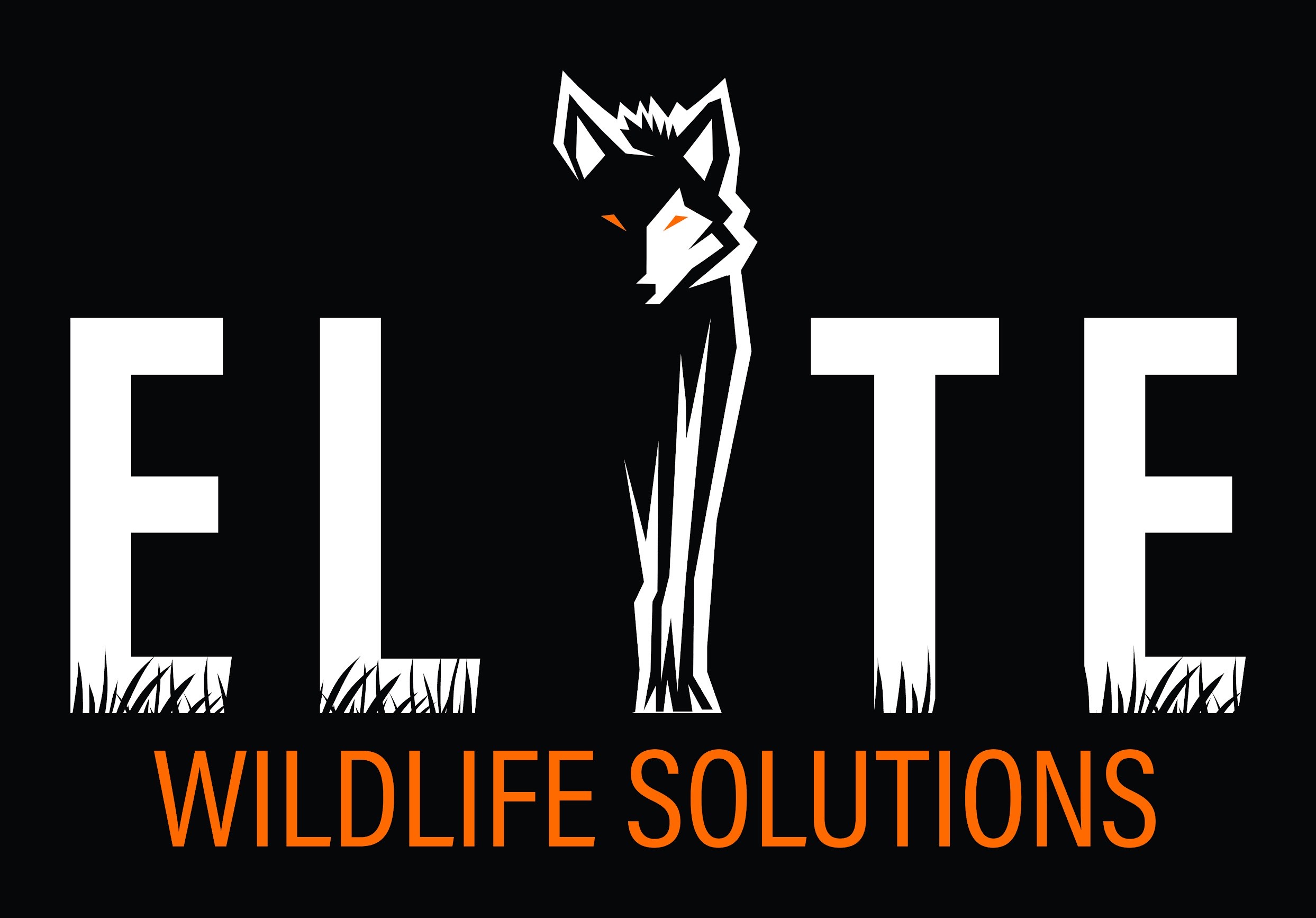
When it comes to rodent and wildlife intrusion, crawl space vents are one of the most commonly overlooked entry points. Whether due to inexperience or corner-cutting, many companies either ignore crawl vents entirely or fail to properly evaluate them for chewing, gaps, warping, or loose installation.
These seemingly small issues are actually major liabilities, and skipping over them often results in repeat infestations, costly repairs, and ineffective exclusion work.
The Hidden Rodent Highway Behind Metal Covers
Most utility line areas are tucked behind metal covers, giving the false impression that everything is sealed. Here’s what actually happens:
- Contractors spray foam blindly under the cover
- Tops and sides of the lines are left completely open
- Foam is applied without a backer, making it weak and easy to chew through
- Rodents enter wall cavities undetected, leading to serious damage
This is one of the most common failures we see—and one of the most expensive to fix.
Our Process: Built for Durability, Not Convenience
At Elite Wildlife Solutions, we don’t settle for cheap, hardware-store fixes.
Here’s how we do it right:
Step 1: Full Removal & Assessment
We remove the utility cover and inspect the entire penetration area—including the tops, sides, and back.
Step 2: Dual Backer Rod Insertion
We insert two layers of backer rod for added depth, structural resistance, and rodent pressure support.
Step 3: Professional-Grade Sealant
We use a flexible, waterproof, paintable sealant that’s designed to last—unlike foam that deteriorates in weather, sunlight, or under pressure.
Our materials are not available at local stores and are used exclusively by trained wildlife professionals.
What Foam-Only Sealing Really Says About a Contractor
Using foam alone—without a backer or high-quality sealant—reveals a serious lack of understanding. This is day-one training for true wildlife professionals. If someone can’t get this critical step right, it should make you wonder what else they’re cutting corners on. This kind of cheap, patchwork sealing is typical of DIYers, pest control techs, handymen, and low-bid contractors who are offering “solutions” for pennies on the dollar—and that’s exactly the kind of work that comes back to haunt homeowners.
The Real Cost of Cutting Corners
Rodents don’t need much to gain access. And once they get into wall cavities through poorly sealed utility lines, the contamination, nesting, and damage can span multiple floors. In many cases, it leads to costly remediation—tens of thousands of dollars in drywall removal, cleanup, and structural repairs. All because someone saved a few bucks with a can of foam.
Do It Right the First Time
At Elite Wildlife Solutions, we don’t take shortcuts. We protect your home using professional-grade materials and proven methods to ensure long-term results. Don’t gamble with your investment. Trust certified experts who know what it takes to keep your home sealed, secure, and safe for the long haul.
FAQs: Sealing Utility Lines from Rodents
Q: Is expanding foam enough to seal utility line gaps?
No. Foam without a backer is weak, easy to chew through, and deteriorates over time. It’s not rodent-proof.
Q: What is a backer rod and why is it important?
Backer rods provide depth, support, and structure behind the sealant, making it much harder for rodents to chew through.
Q: What happens if rodents get into wall cavities?
They can cause extensive damage—nesting, contamination, and chewing wires—often requiring full remediation and reconstruction.
